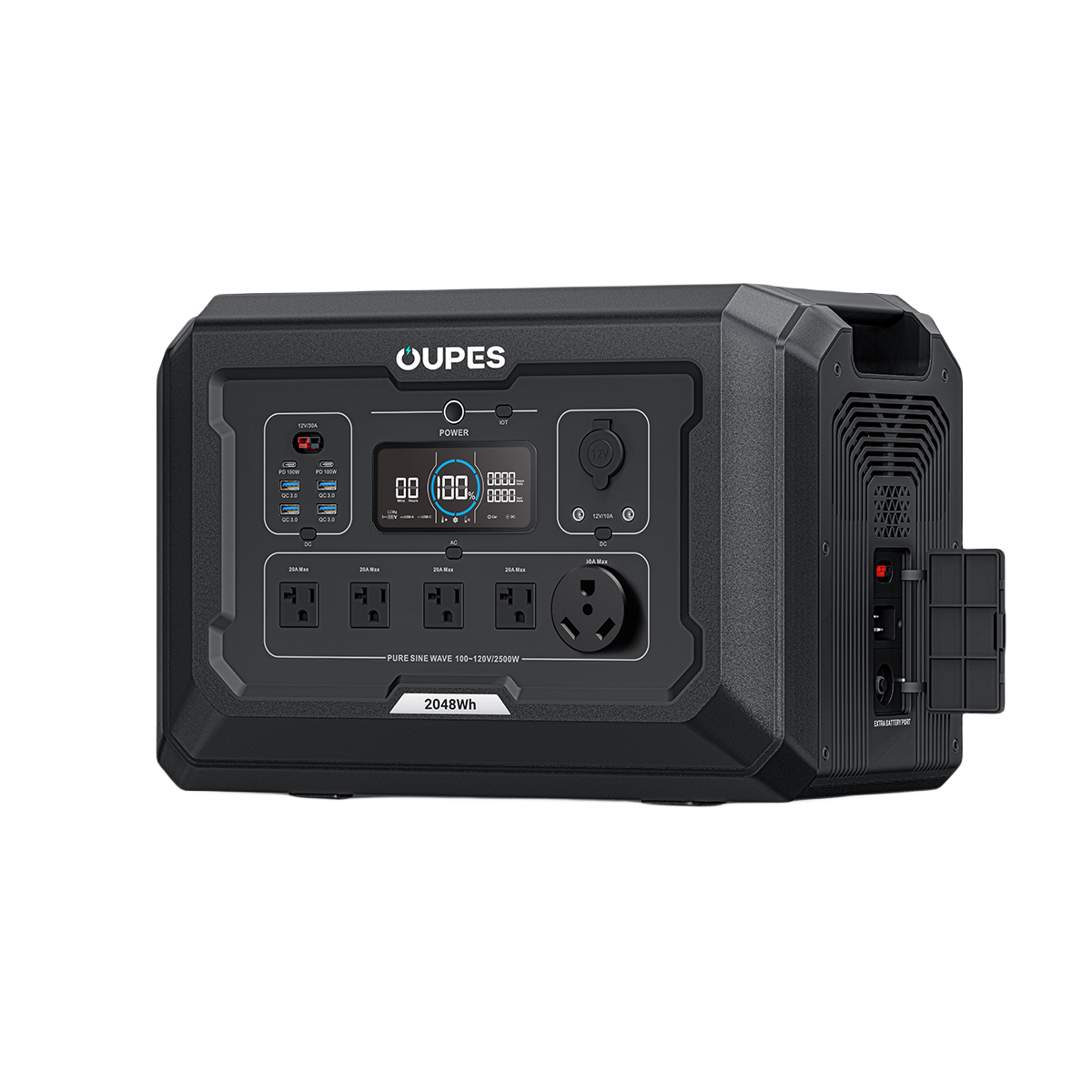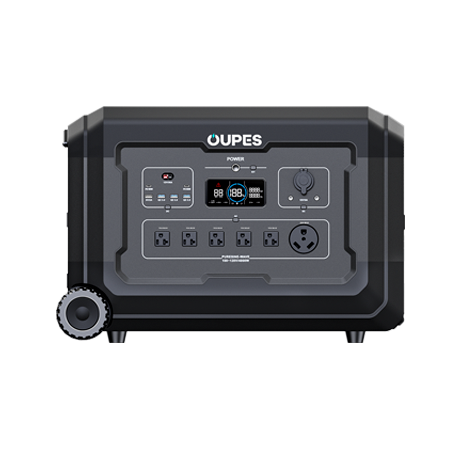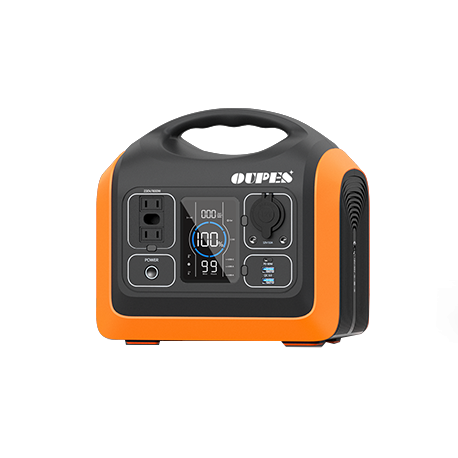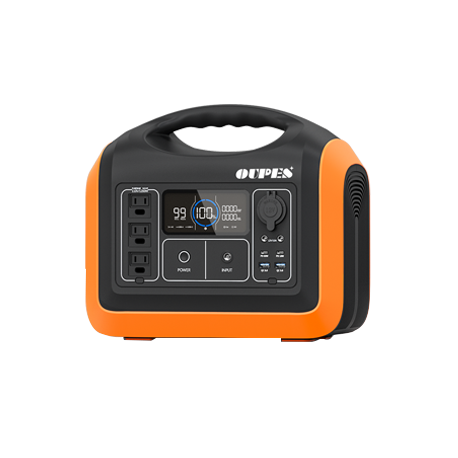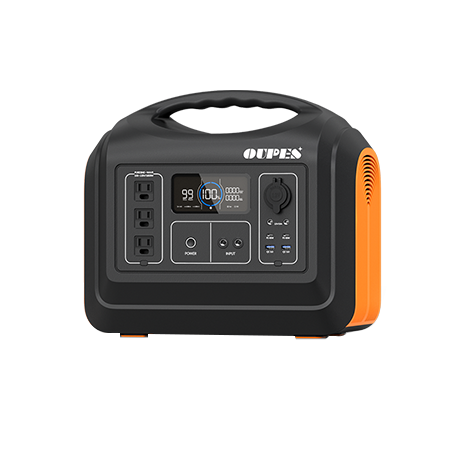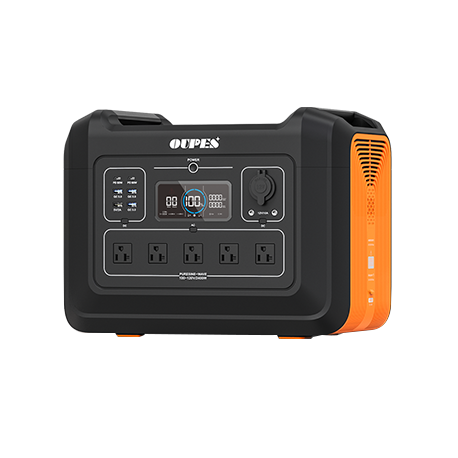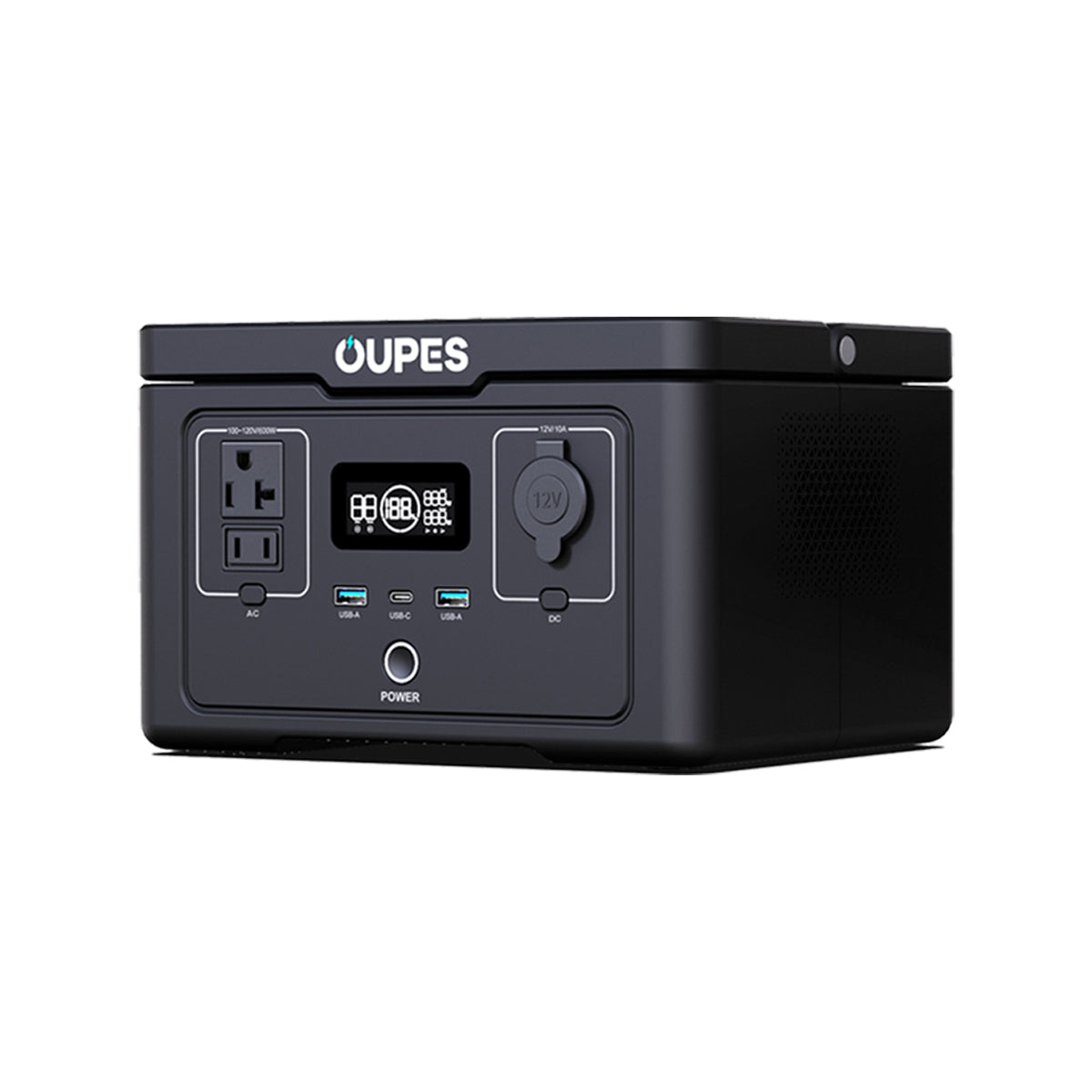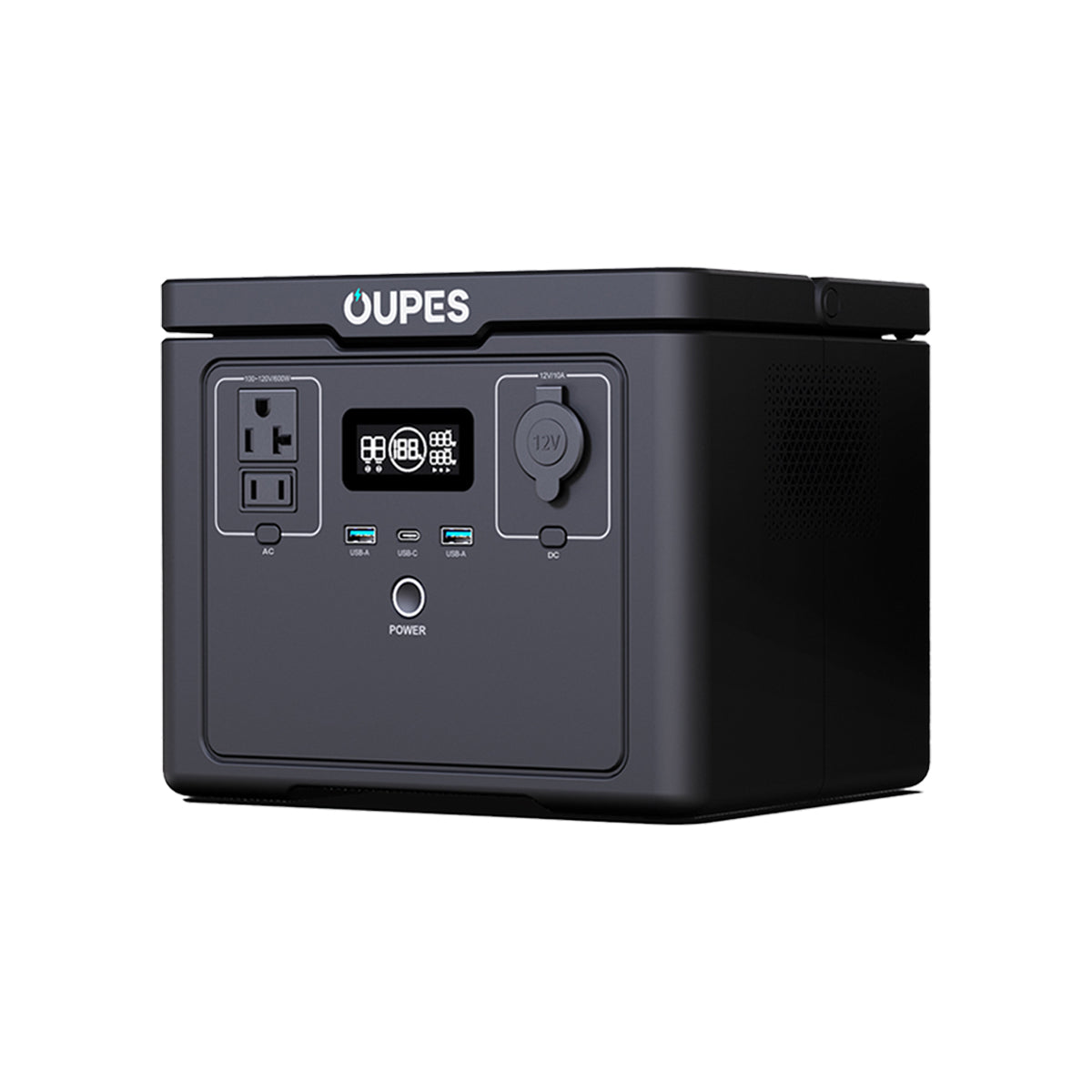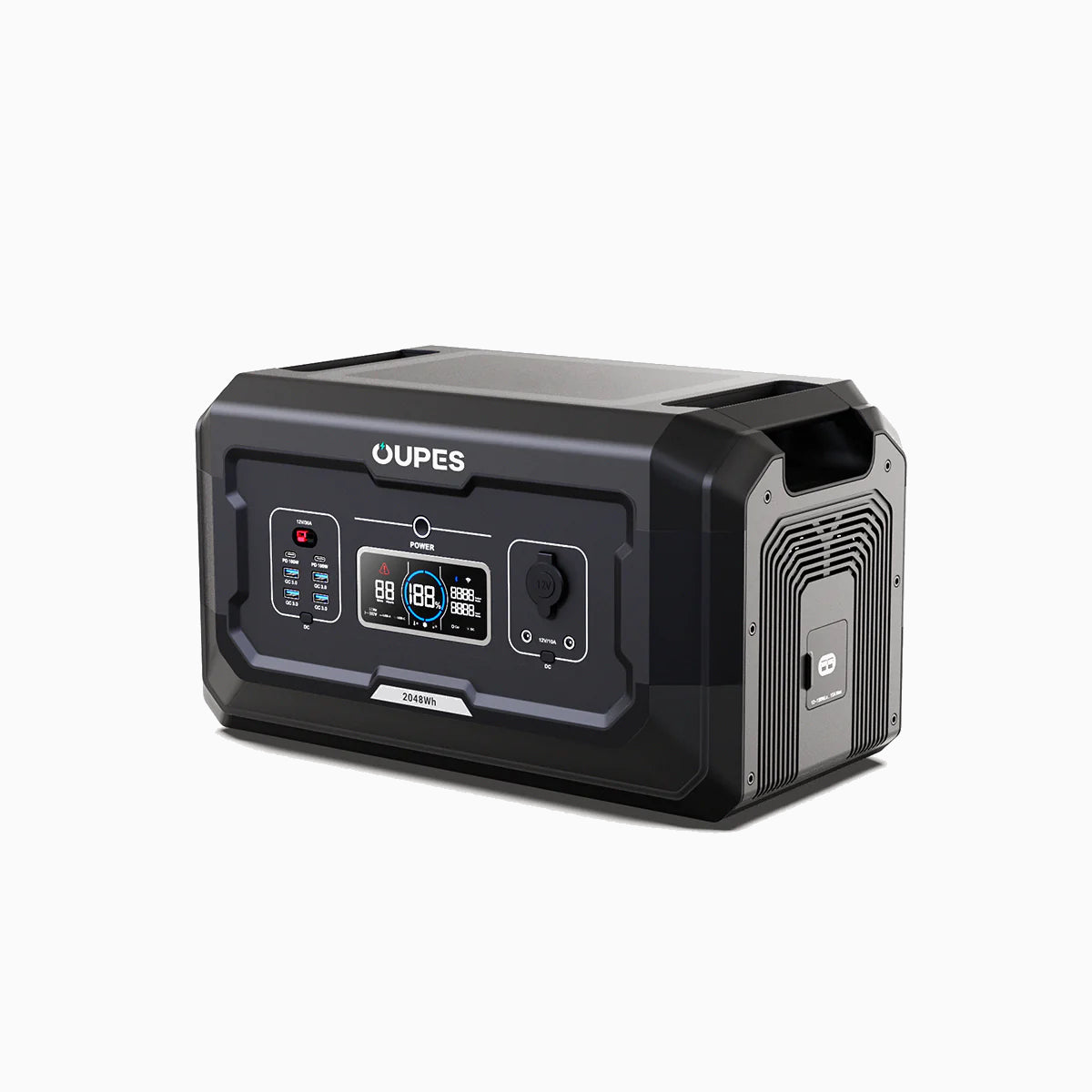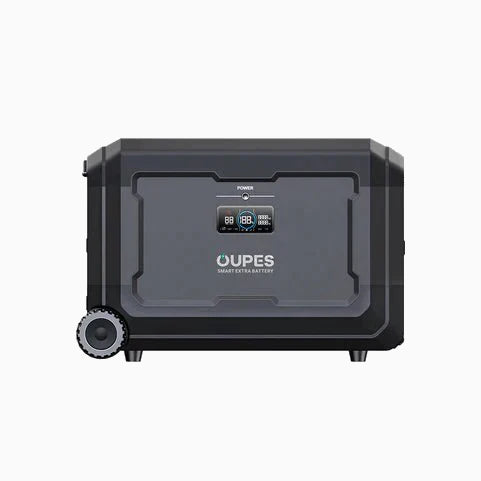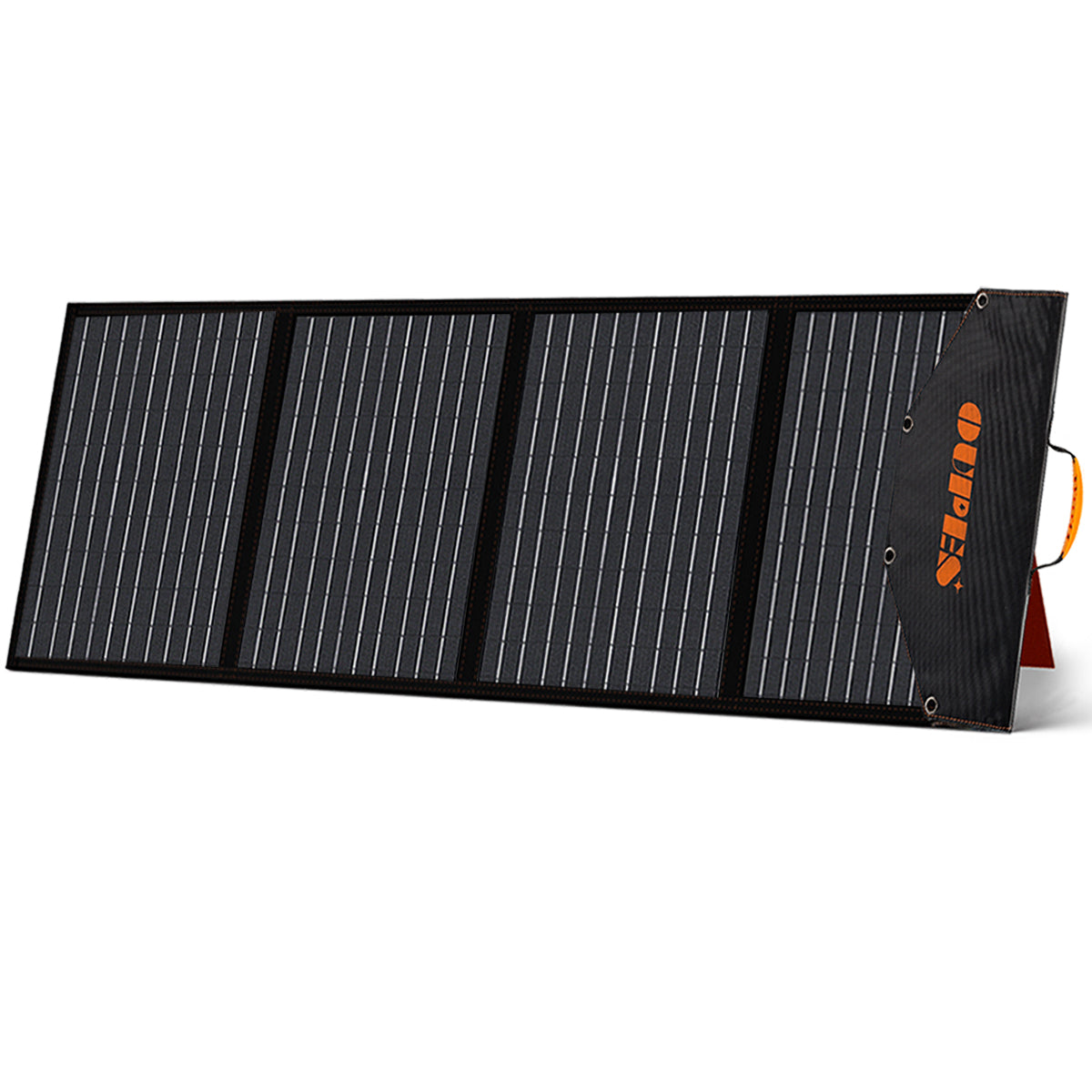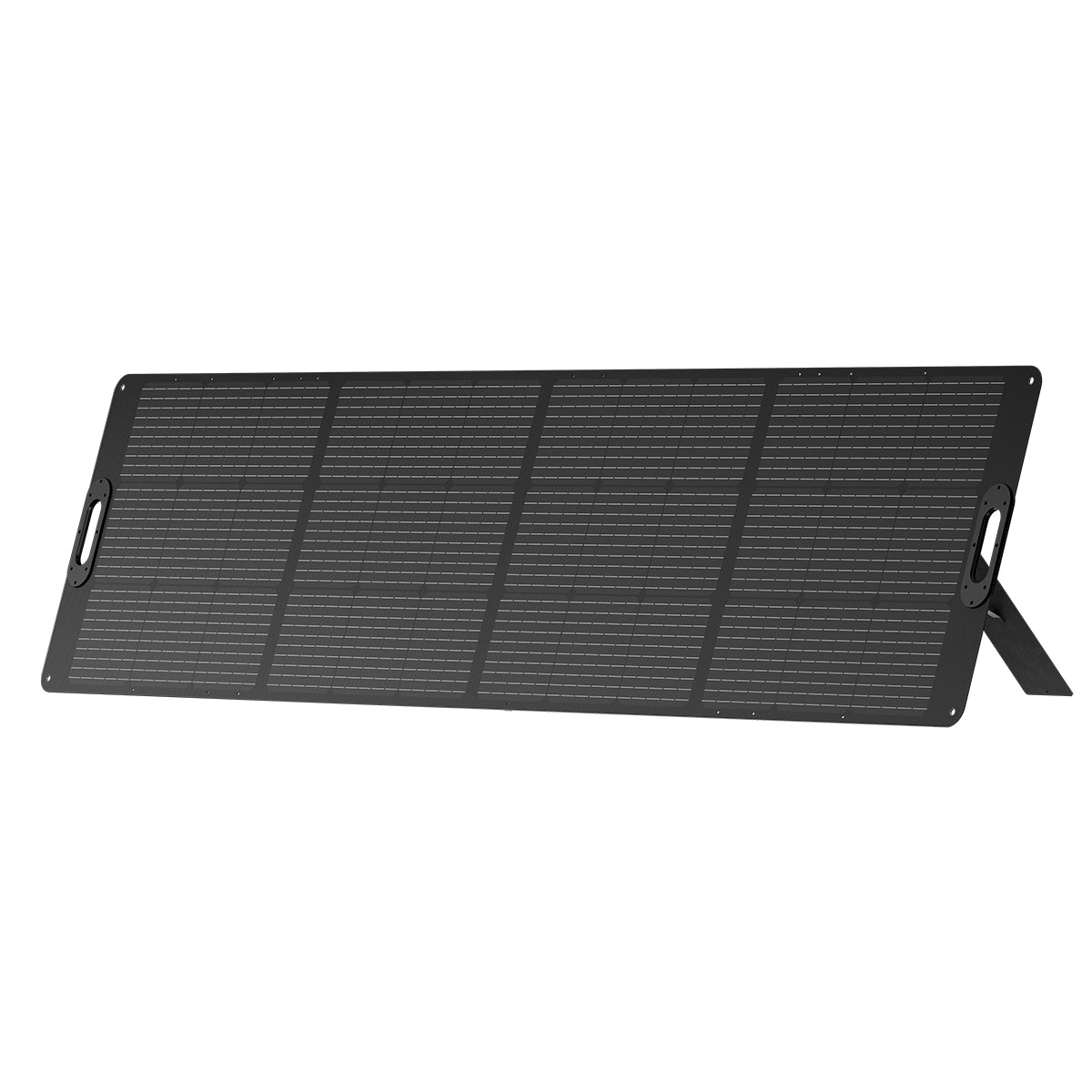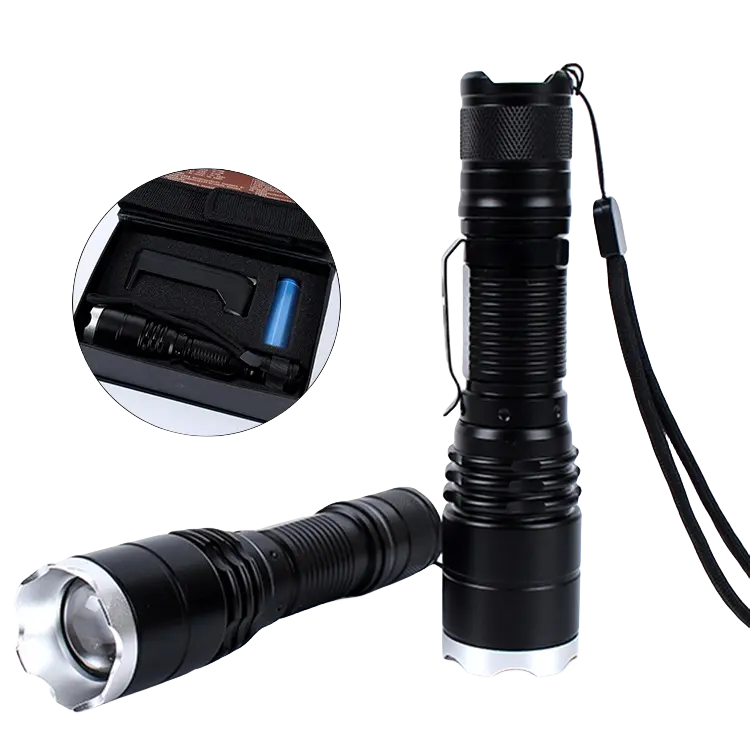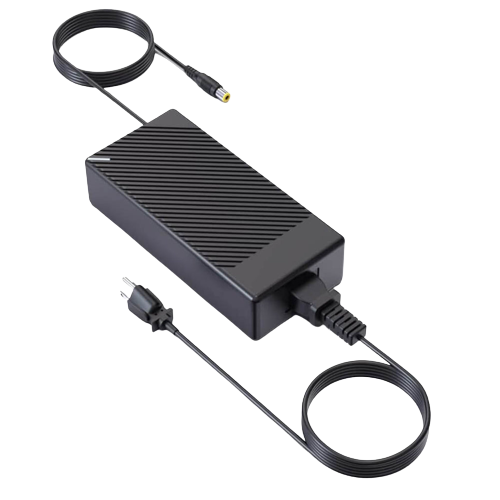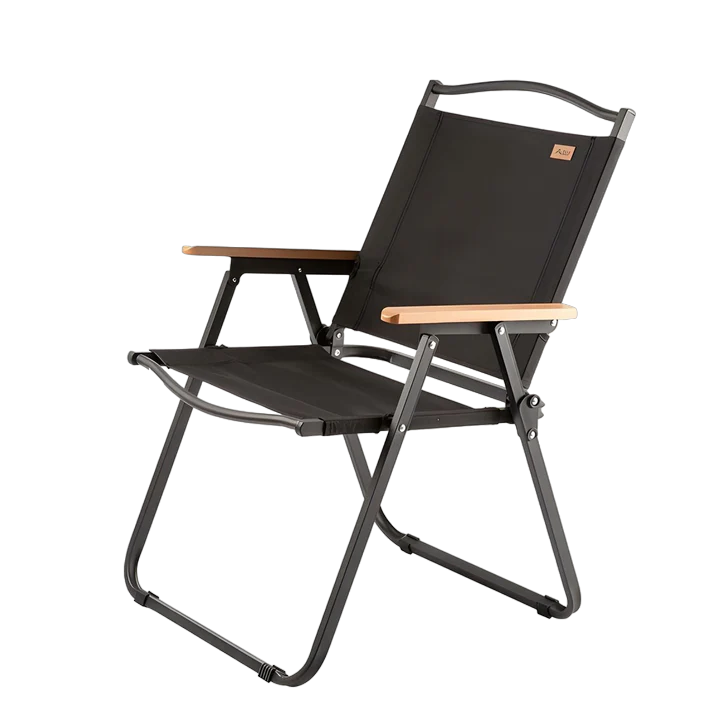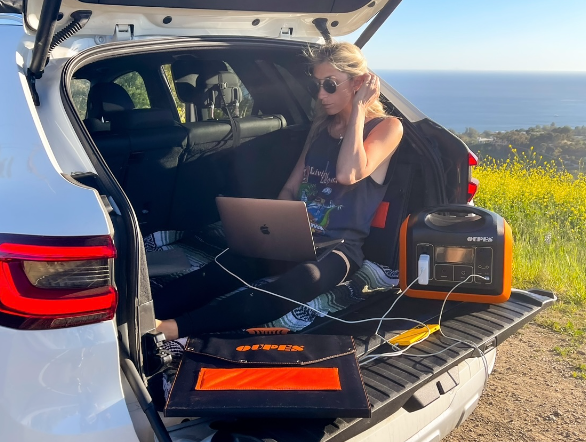Between Electricity And Solar Energy, Which One Is The Best Way To Charge A Solar Generator?
When the first electric light bulb was invented, its light seemed to tell us the next electric modern society. In modern society, electricity is ubiquitous, but not very visible—except for your regular electricity bill.
People's use and creation of electricity have been developing. From the development of wind power, and hydropower to more advanced solar power, etc., people's lives are moving towards a more convenient era. Now, many people are hesitating between electric charging and solar charging, not knowing how to choose. This blog will help you better understand the difference and let you know how to charge your solar generator.
The Difference Between Electric and Solar Charging:
What is electrical charging?
This type of charging uses an AC outlet or DC outlet to refill the batteries in your generator. This is a more common way of recharging because it's easy and convenient, but it does require some extra equipment (such as a power inverter) that can be expensive.
What is solar charging?
Solar charging uses sunlight to recharge the batteries in your generator. This method requires no additional equipment usually because it uses natural sunlight instead of man-made electricity from an outlet or battery bank. It's also much cheaper than using an outlet or battery bank because there's no need for additional equipment like a power inverter or charge controller.
There are a lot of ways to charge your solar generator, but the most common are electric and solar charging. In this article, we will compare both types of charging and review the pros and cons of each.
The way they charge is different:
A battery can be charged by using an inverter to convert electricity from a DC source into an AC source. The battery then uses the converted electricity to charge the battery itself. Solar panels, on the other hand, produce direct current (DC) electricity that can be used directly by the battery without conversion.
The length of time they charge varies:
To be precise, it's hard to compare which of the two charges is faster. But using electricity to charge your generator, the charging time is almost constant. The length of charging time depends on how much electricity you use and how long you use it.
This will be a little different if you are using solar charging. Because it will be affected by factors such as weather and sunlight intensity. The length of solar charging depends on the wattage of your solar panels, the brightness outside, and the amount of sunlight coming in through the windows.
When Do You Need Electricity To Charge?
When it comes to charging a portable solar generator, you have two options – electricity or solar energy. You can use either one of them or both of them together. However, when do you need electricity to charge?
There are certain scenarios when you may need to use electricity to charge your portable solar generator. For example:
- You are using a high-voltage device and the solar panel cannot produce enough power. If you plan on using a high-voltage device such as an air compressor, then you will have to use an AC output inverter (which converts DC energy into AC). You can also use this inverter to convert DC energy into AC if your car battery is dead and needs charging.
- If your battery bank is depleted and needs recharging quickly, then it’s best to use an AC inverter with a compatible charger that can recharge your battery in just minutes rather than hours. This will save you time and effort especially when it comes to emergency situations like blackouts or hurricanes.
- If you're in a place where there is no sun, then you need to use electricity to charge your portable solar generator. This can happen if you're staying in a hotel room or in an apartment or anywhere else where there are no windows or if the weather conditions are bad and you cannot rely on sunlight for your portable solar generator.
When Do You Need Solar Power To Charge?
The main purpose of using solar energy is to charge the portable solar generator. This can be done in a number of ways, but the most common way is by using solar panels. The solar panels can be attached to the portable solar generator or placed in a place where they get maximum sunlight.
A portable solar generator is used when there is no electricity available or when you need to use your electronic devices outdoors. The main feature of this device is that it is portable and can be used anywhere. It also allows you to charge your electronic devices anytime and anywhere, even if there is no electricity available in the area where you are located at that time.
The following are some of the factors that affect the efficiency of charging a portable solar generator with solar power:
Weather factors:
As we all know, weather conditions can have a significant impact on the quality and intensity of solar radiation hitting on a particular area. If there is heavy cloud coverage or if it’s raining then there will be low-intensity of sunlight which will affect your charging process. So make sure you choose a clear day when you are going to charge your portable generator with solar energy.
Season factors:
Summer is the best season to use solar energy because during the summer, there is always sufficient sunlight. In addition, if you have a large photovoltaic panel, you can use it to generate enough electricity during the day.
If you want to use solar energy in your home, then it's best if you live in a warm climate like California or Arizona. During winter, you can easily get cold and even sick due to the lack of sunlight during that time of year. If you want to keep yourself healthy and enjoy using your solar generator, then it's best if you choose a warm climate where there is enough sunlight all year long.
Environmental factors:
Environmental factors can have an impact on your solar generator. The sun is not always bright and clear. The cloud cover, dust, and pollution will affect the amount of sunlight that is available for charging your portable solar generator. Seasonal changes also affect the duration of sunlight in different seasons. If you live in a country where there are snowfalls in winter months then you will get less sun exposure during those periods.
A Powerful Solar Generator Portable Will Help You A Lot:
OUPES' solar power station does a great job of recharging. Take OUPES 2400W as an example, you can charge it with solar panels. It has a charging time of 3-3.5 hours. Alternatively, you can charge it with 2 household power sockets. It takes 6 hours to fully charge. And secondly, when you're on the road (like traveling in an RV), you can also charge a portable charging station from a car outlet.
It can be known that if the solar panel is used for charging, its charging time will be nearly twice as short as that of electric charging. However, if you're using electricity to charge, you can choose to charge it late at night when you go to bed.
This would make the perfect plan: On sunny days, you could use a free renewable clean energy source: solar energy. If there is no sunlight or when the light is dim, you can use electricity to charge. Best of all, whether it's electrical or solar recharging, OUPES takes half the time to charge a normal generator! You don't have to wait too long to get enough power!
In addition, OUPES solar generators have powerful functions, allowing you to use electricity without worry! Here are some of those features:
Corrosion-resistant: Automotive-grade aluminum alloy frame
This solar generator is made with automotive-grade aluminum alloy, which means it can withstand any weather condition without damage. It's also waterproof and corrosion-resistant. So no matter what the temperature is or what kind of climate you're in, this generator will be in great condition!
Long-term power supply: charge 14 devices at once
You can charge 14 devices at once with this device. If there is an emergency and you need power immediately, then this machine will be able to provide it for you. It is capable of charging laptops, tablets, and smartphones quickly.
Long-serving time: 2500+ life cycles
The OUPES 2400 is powered by a LiFePO4 battery, which means it will still have good battery life after 2,500 full charge cycles, which is much more efficient than the industry average of 500 charge cycles. In this way, even if you have a longer trip, you can feel free to use your generator as much as possible!
Conclusion:
Whether it is electric charging or solar charging, the answer to the question is, "it depends." However, you can choose a powerful solar generator. That way, you don't have to worry about waiting for a long charging time. OUPES' solar generator is your most cost-effective choice! You can choose 600W, 1200W, 1800W, and 2400W, according to your needs!

